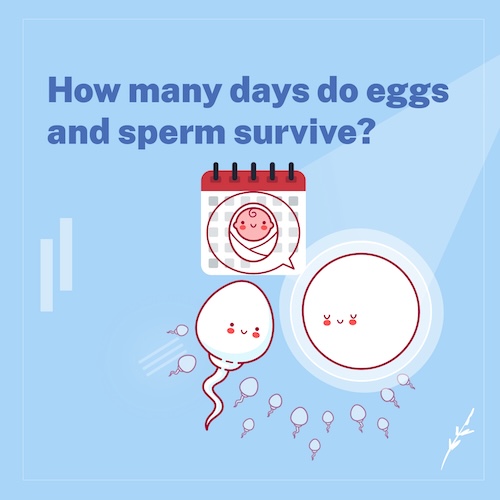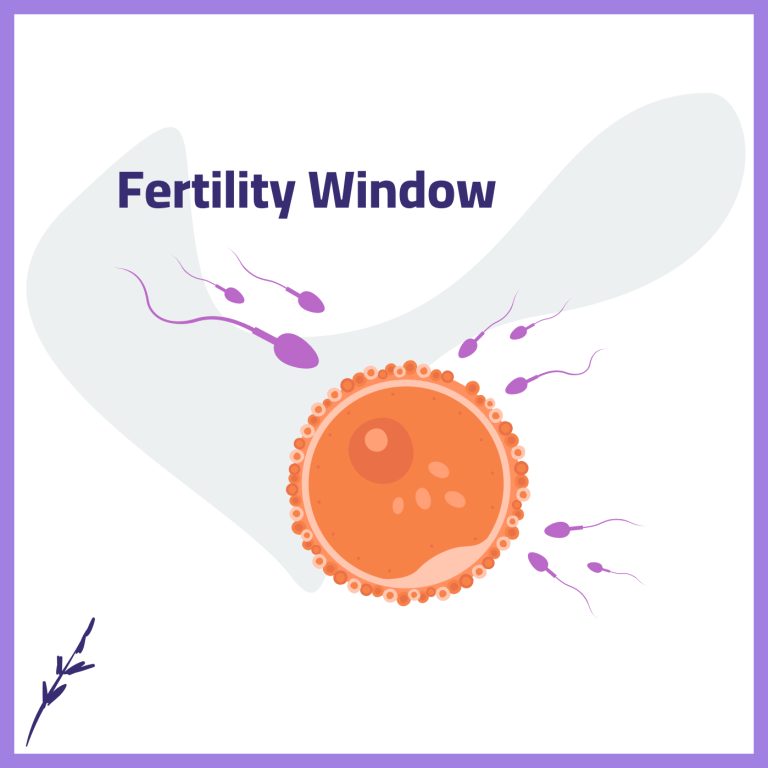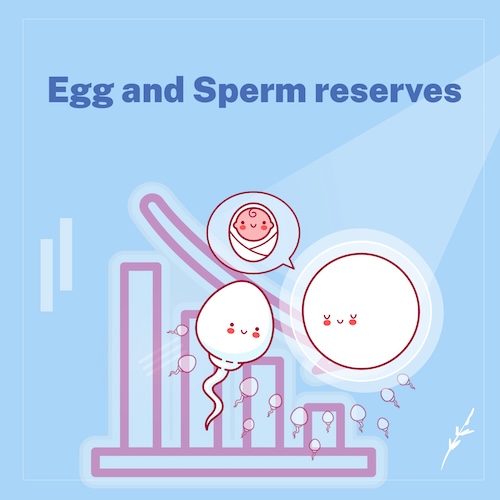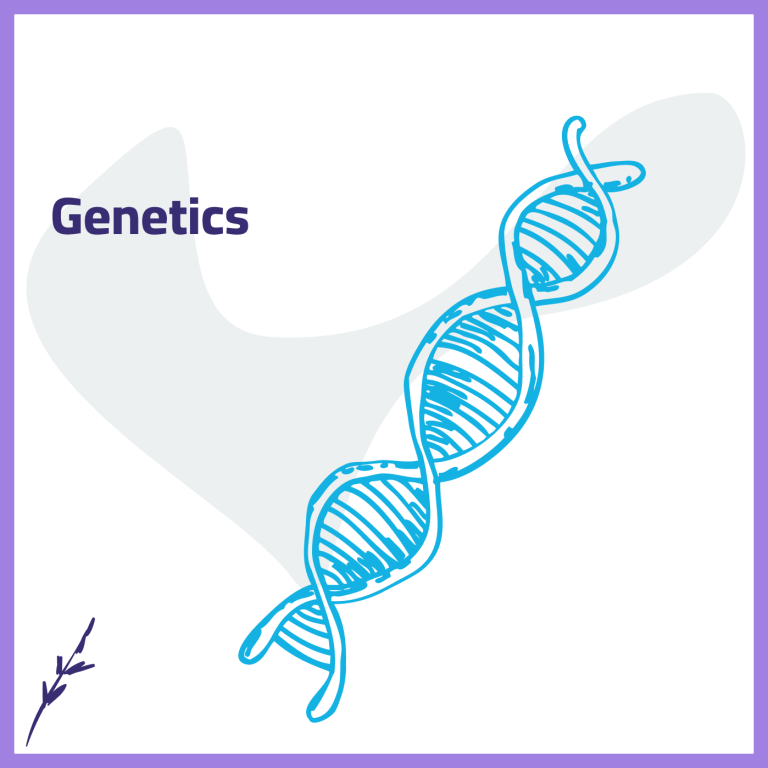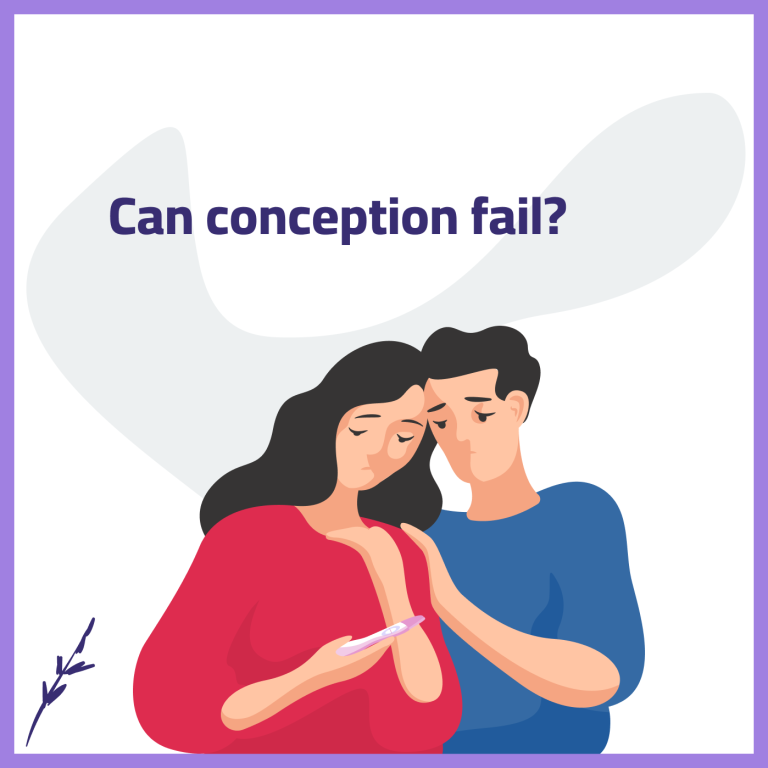What is A female egg?
A female egg, also known as an ovum or an oocyte, is the female reproductive cell that can be fertilized by a male sperm to produce a new individual. A female egg contains half of the genetic information of the parent, and is usually the largest cell in the body. A female egg is produced by the ovaries, and is released once a month during ovulation. A female egg can survive for about 12 to 24 hours after ovulation, and if it is not fertilized, it will be shed along with the uterine lining during menstruation.
The structure and function of a female egg are complex and fascinating. A female egg consists of several parts: the zona pellucida, the corona radiata, the cytoplasm, the nucleus, and the polar bodies. The zona pellucida is a thick, transparent layer that surrounds and protects the egg. The corona radiata is a layer of cells that provide nourishment and support to the egg. The cytoplasm is the fluid-filled interior of the egg that contains various organelles and molecules. The nucleus is the part of the egg that contains the chromosomes, which carry the genetic material. The polar bodies are small cells that are formed as a result of the meiotic division of the egg, and are discarded as waste.
The development and maturation of a female egg are regulated by hormones and genes. A female egg begins as a primordial germ cell that migrates to the ovaries during fetal development. The germ cell then undergoes mitosis, a type of cell division that produces identical daughter cells, to form an oogonium, which is the stem cell of the egg. The oogonium then enters the first stage of meiosis, a type of cell division that produces four daughter cells, each with half the number of chromosomes as the parent cell. This stage is called prophase I, and it lasts until puberty. At puberty, the oogonium resumes meiosis and completes the first meiotic division, forming a primary oocyte and a polar body. The primary oocyte then enters the second stage of meiosis, called metaphase II, and remains arrested until ovulation. At ovulation, the primary oocyte completes the second meiotic division, forming a secondary oocyte and another polar body. The secondary oocyte is the mature female egg that is released from the ovary and travels to the fallopian tube, where it may encounter a sperm. If the sperm penetrates the egg, the egg will complete the final stage of meiosis, forming an ovum and a third polar body. The ovum will then fuse its nucleus with the sperm’s nucleus, forming a zygote, the first cell of the new individual.
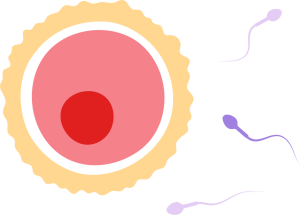
A female egg is a remarkable and vital part of the female reproductive system. It is the source of life and the carrier of inheritance. It is the result of a long and intricate process of cell division and differentiation. It is the potential partner of a sperm and the precursor of a zygote.

